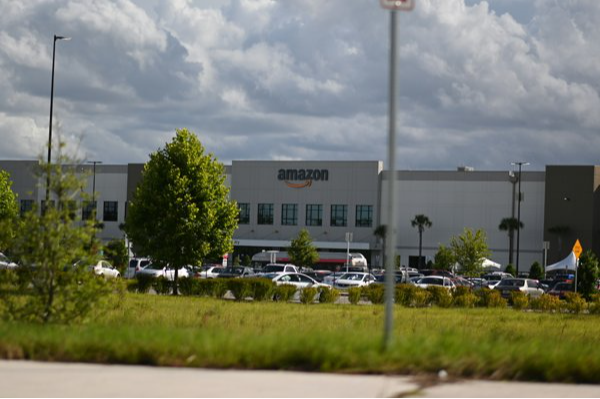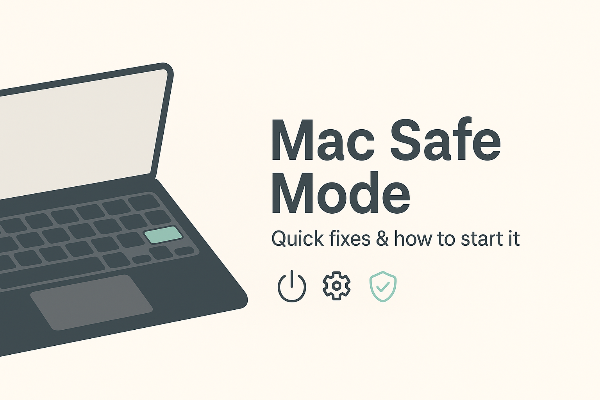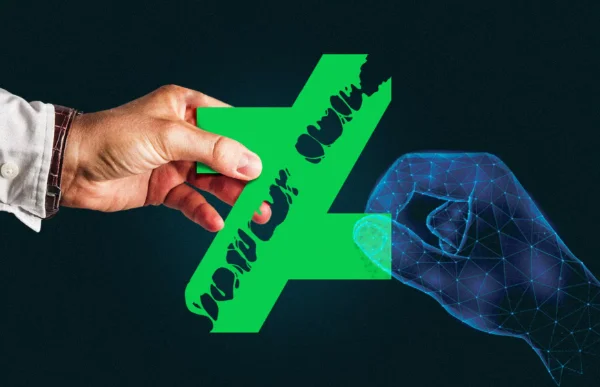Why Amazon Uses Employee Surveillance

Amazon’s business model thrives on speed, accuracy, and efficiency. To maintain its reputation for two-day or even same-day delivery, the company relies on constant monitoring to ensure productivity and safety. Surveillance helps managers track workflow, minimize downtime, and detect potential risks in real-time. While this may appear practical, it raises big questions about how much oversight is too much.
When you're shopping online, find a free proxy VPN in UFO VPN to prevent potential data risks and keep your browsing smoothly.
What Is Amazon Employee Surveillance?
Amazon employee surveillance refers to the digital and physical monitoring systems the company uses to oversee its workforce. This includes warehouse workers, drivers, and even remote employees. The surveillance extends beyond simple productivity checks—it integrates technology, AI, and real-time tracking.
Types of Monitoring Tools
- Wearable devices: Wristbands and scanners track workers’ movements and ensure they follow optimized routes.
- Cameras and AI software: Security cameras monitor not only safety but also workflow and compliance.
- Vehicle telematics: Delivery drivers are tracked using GPS, speed monitors, and even in-cabin cameras.
- Productivity dashboards: Software measures how quickly employees fulfill tasks, flagging delays.
Data Collected from Employees
- Scanning rates and time spent on each package.
- GPS data for routes and delivery stops.
- Login/logout times on internal systems.
- Safety compliance data, including lifting practices and time spent on breaks.
Amazon Employee Surveillance vs Other Companies
| Aspect | Amazon | Other Companies (e.g., Google, Microsoft) |
|---|---|---|
| Monitoring Scope | Extensive, covering warehouse workers, drivers, and office staff | Primarily office/remote workers |
| Tools Used | Physical cameras, handheld scanners, GPS trackers in vans, and AI-powered systems | Productivity software, keystroke tracking, project management tools |
| Level of Intensity | High – constant tracking of movements, tasks, and delivery routes | Moderate – focus on digital performance and output |
| Purpose | Efficiency, safety enforcement, and meeting tight delivery deadlines | Productivity measurement, workflow optimization |
| Criticism | Seen as invasive and stressful, raises privacy and mental health concerns | Viewed as standard digital monitoring with fewer intrusions |
Employee Reactions and Criticism
Workers have voiced strong concerns about how Amazon’s surveillance impacts their well-being and sense of autonomy, with many arguing that constant monitoring creates an environment that feels more like control than support. Privacy remains a major issue, as employees fear the company is collecting more personal data than necessary, blurring the line between legitimate workplace oversight and personal intrusion. The psychological toll is also significant, as being tracked every second can lead to feelings of replaceability, heightened stress, burnout, and even anxiety. These pressures have fueled protests and strikes in several countries, where workers continue to demand greater transparency and stricter limits on surveillance practices.
How Amazon Defends Its Surveillance Practices
Safety and Security Justifications
Amazon highlights workplace safety as one of the main reasons for deploying surveillance tools such as cameras, scanners, and wearable trackers. By tracking movement and ensuring that employees follow established protocols, the company claims it can reduce accidents and injuries on the warehouse floor. For example, monitoring systems can flag unsafe lifting techniques or detect when a worker enters restricted zones. Delivery drivers are also subject to cameras and telematics, which Amazon says help prevent unsafe driving practices like speeding, harsh braking, or distracted driving.
Efficiency and Delivery Speed
By collecting real-time performance data, managers can identify bottlenecks in warehouse workflows or inefficiencies in delivery routes. This constant oversight, Amazon claims, enables smoother operations, faster order fulfillment, and ultimately lower costs for customers. The company also points out that monitoring helps allocate resources more effectively, ensuring employees are supported where workloads are heaviest. In Amazon’s view, without these systems, the scale and speed of its logistics network would be impossible to maintain.
Balancing Innovation with Privacy
Amazon acknowledges that surveillance technologies raise concerns about privacy but insists it continually evaluates its tools to strike the right balance between innovation and respect for personal rights. The company points to policies that limit who can access sensitive data, as well as internal audits meant to prevent misuse. Amazon also argues that adopting cutting-edge technology—like machine learning for predictive safety or AI-driven logistics planning—requires careful data collection, which can benefit both employees and customers if implemented responsibly.
Legal and Ethical Questions
Workplace surveillance is not illegal, but the scale at which Amazon uses it raises ethical and legal challenges. Laws vary by country, creating a complex environment where Amazon must adapt its practices to stay compliant.
Employee Rights Under the Law
In some regions, workers are entitled to be informed about the type of data being collected and how it’s used. Transparency is a legal requirement in the EU, for example.
Ethical Considerations of Workplace Monitoring
The ethical debate questions whether monitoring employees so closely respects their dignity and autonomy, or whether it treats them as replaceable parts of a machine.
The Future of Employee Surveillance at Amazon
As technology advances, surveillance at Amazon is likely to grow more sophisticated, using AI and predictive analytics. The real challenge will be finding a balance between efficiency and humanity. Companies that fail to do so may face backlash, legal hurdles, and a decline in employee trust.
Conclusion
Amazon employee surveillance represents the intersection of technology, efficiency, and human rights. While it helps the company maintain speed and accuracy, it also sparks serious debates about privacy, mental health, and ethics. As Amazon continues to innovate, the world will be watching to see whether it prioritizes its workers’ well-being alongside its logistical ambitions.
FAQs
1. Does Amazon monitor its employees all the time?
Yes, employees are tracked during working hours through scanners, cameras, and software tools.
2. Why does Amazon track its drivers so closely?
The company claims this ensures delivery accuracy, safety, and faster service.
3. How do employees feel about surveillance?
Many report stress, lack of privacy, and pressure to meet strict targets.
4. Is Amazon’s surveillance legal?
Yes, though laws vary by region. In some places, workers must be informed of monitoring practices.
5. What might change in the future?
Amazon may adopt AI-driven monitoring, but public and legal pressure could push for greater worker protections.








